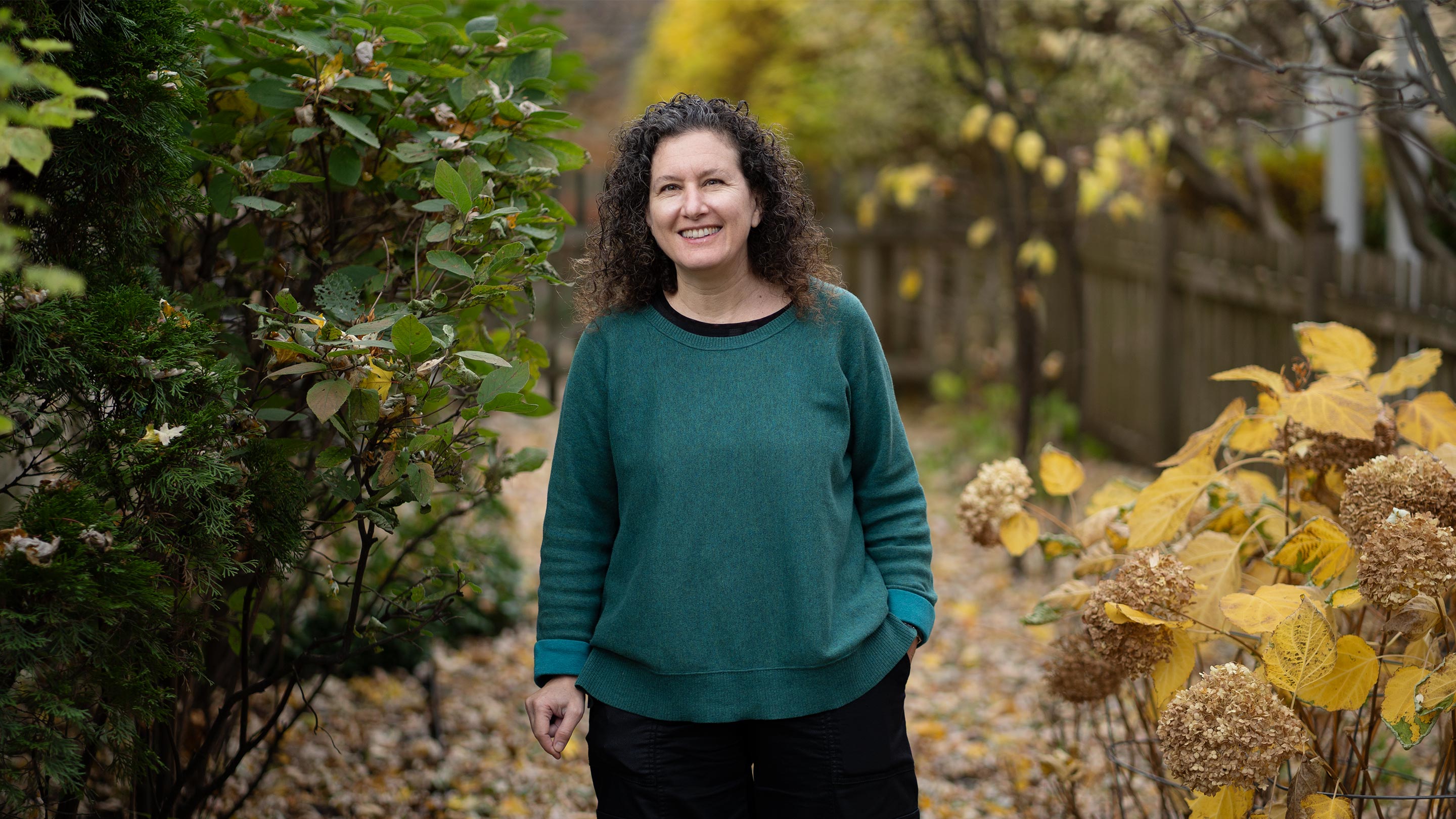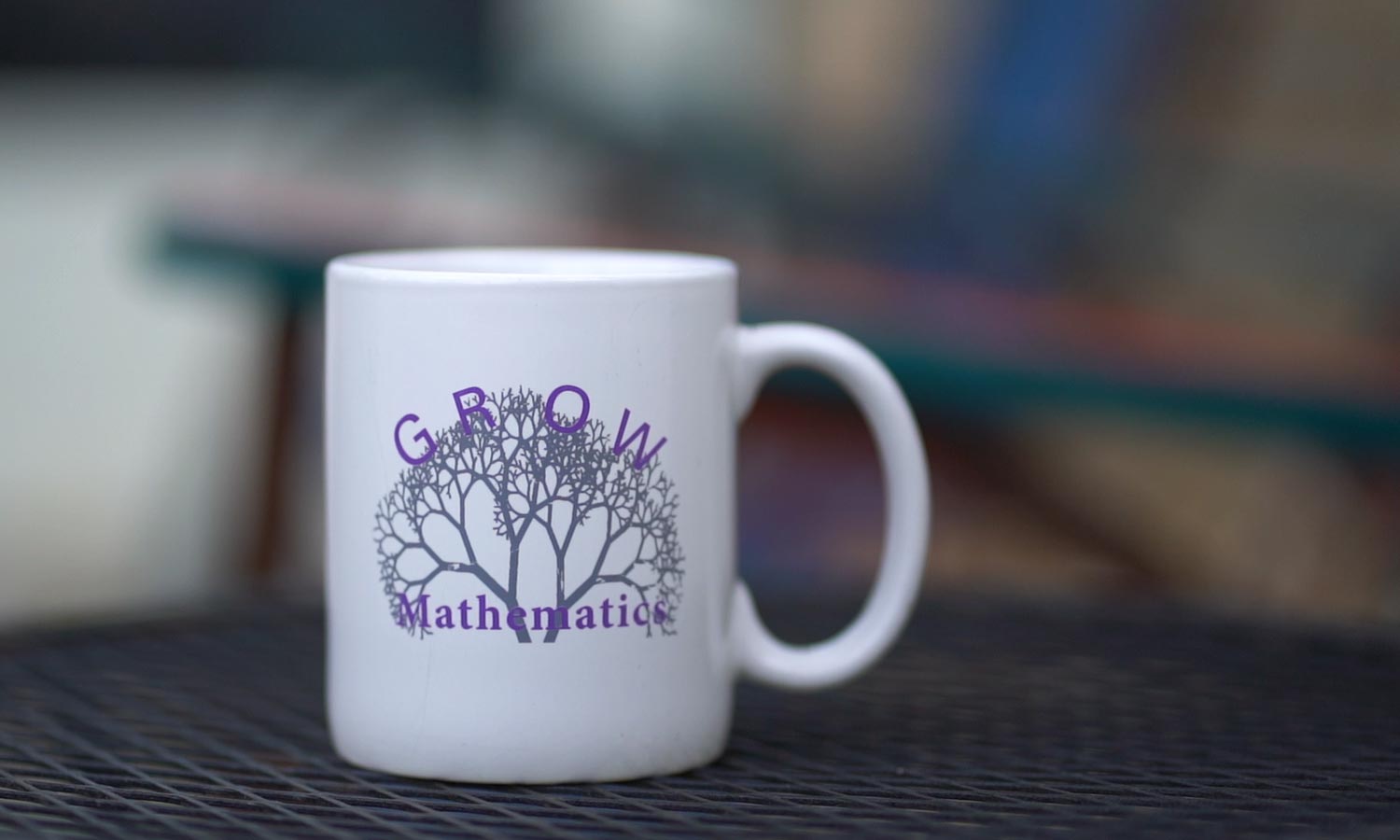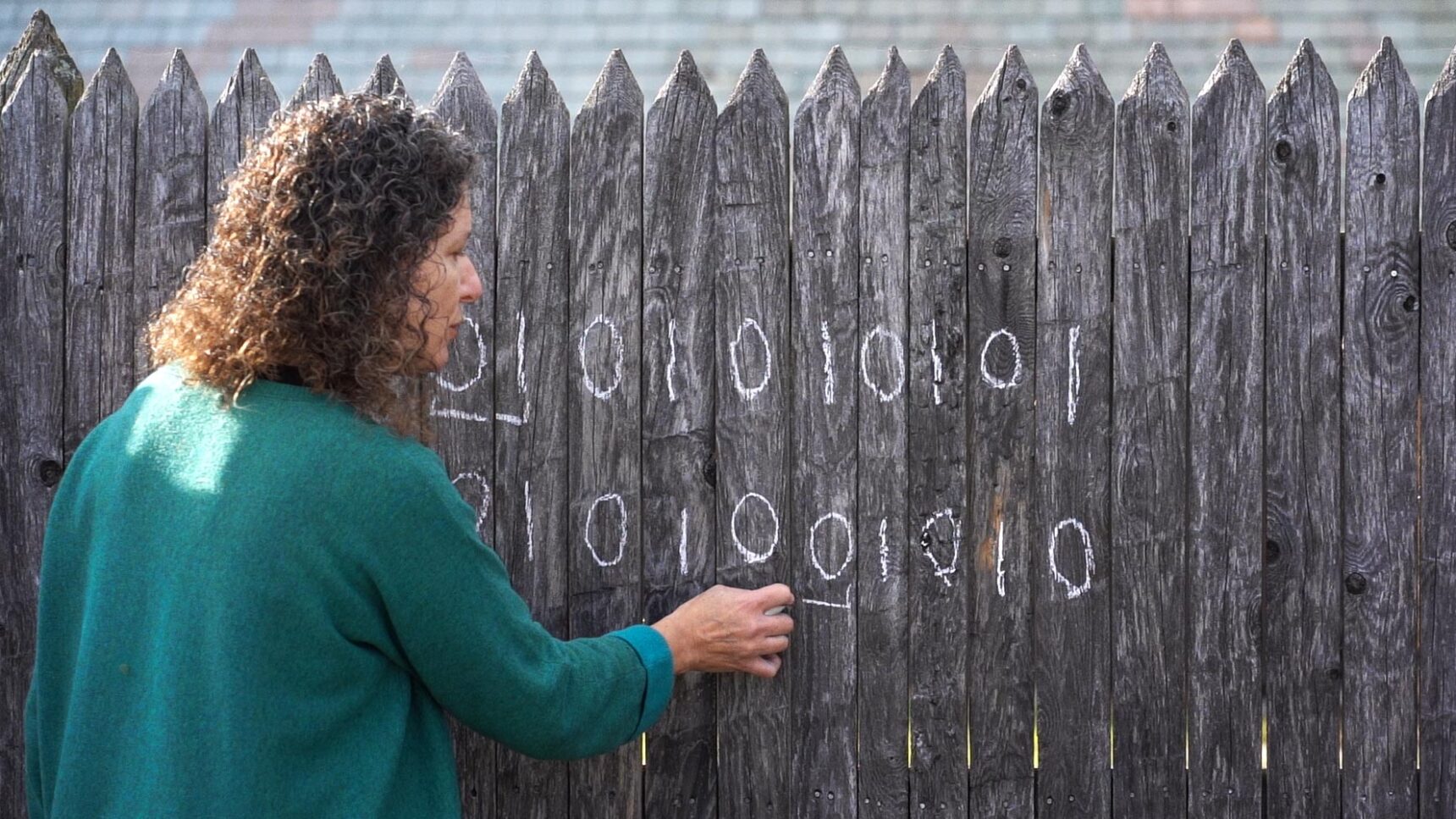Searching Symbols for the Rules of Change

Moe Zoyari for Quanta Magazine
Introduction
Bryna Kra searches for structures. “[I love] finding order where you didn’t know it existed,” she said.
But though her dad was a mathematician, at Stony Brook University in New York, Kra said it took her time to realize she wanted math to be her profession, too. “Even all through grad school, I wasn’t sure what I wanted to do,” she said. “I was never convinced until, basically, there I was.”
Now Kra is a professor at Northwestern University and is known for her work in dynamical systems, which evolve over time according to specific rules, like a billiard ball ricocheting around a table. The challenge is often to find the rules that explain the phenomenon — to identify order in a system in motion.
Over the course of her career, Kra has applied different techniques to tease out the secrets of dynamical systems. Most recently she’s been using an approach called symbolic dynamics, which takes complicated systems — like planets arcing through space —and reduces them to models that are easier to analyze.
In these models, elements in the system can be represented by infinite sequences of 1s and 0s. Kra looks for patterns in these sequences by peering through a “window” that lets her see small portions of the sequences at a time. Problems in dynamical systems can take years to solve, but that doesn’t deter Kra. She tackles them by giving the ideas themselves time to evolve. “You have to keep trying new things and keep coming back to ideas and looking at them in a different way,” she said.
Kra, 54, has grown from an uncertain graduate student into a mathematician at the top of her field. In 2019, she was elected to the National Academy of Sciences. She is also co-principal investigator on a $15.5 million National Science Foundation grant used to launch the newly opened Institute for Mathematical and Statistical Innovation on the campus of the University of Chicago, which will cultivate applications of mathematics to societal problems.
Quanta Magazine spoke with Kra about the power of symbolic dynamics, the gender imbalance in math and an elaborate birthday cake she baked recently. This interview is based on multiple conversations and has been condensed and edited for clarity.
When and how did you realize that you liked mathematics?
Oh, I always liked math. I grew up with math in the house. It was always there, sort of in the background.
You mentioned that you didn’t really enjoy math competitions, though. Why?
I didn’t enjoy that type of problem and I didn’t enjoy the time pressure. I guess I don’t really like things where there’s a trick to solving it. And it felt to me like a lot of these things were figuring out the trick.
If math competitions are about figuring out the trick, what is math research is about?
It’s about finding new connections, seeing things in a new way and understanding things at a deeper level. One of the most beautiful things about research is being able to take some idea from one area and apply it in a completely different area.
Your research has focused on understanding dynamical systems. Could you explain what those are?
I’m thinking about abstract systems and studying their evolution to understand what kind of predictions can be made about their long-term behavior. A system is just some bunch of states. Maybe it’s particles moving around, maybe it’s planets in the solar system, maybe it’s as simple as something rotating on a circle. In each setting, you have a set rule by which every element in the system moves to another place.
What kinds of behavior do you see within those systems?
You might see that everything in the system comes back really, really close to where it started. Or maybe it never comes back to where it started. Those would be very opposite types of behavior.
Recently you’ve been studying dynamical systems using “symbolic dynamics.” How does this approach help?
Let’s say you’re looking at a frictionless billiards table. Label the four sides as 1,2,3 and 4. And then you set a billiard ball bouncing around it. You could write down the entire trajectory of that billiard ball by finding a complicated formula and writing down its position at every instance.
But I could also turn this into a model where I just tell you it hits side number 1, and the next side it hits is side number 2, and the next time it hits side number 3, and then it goes back to side 1 again, and then it goes to side 4. And so I would be writing down a sequence of numbers that would tell you a huge amount about what the actual trajectory of the ball is and help you predict where it’s going to hit at any given time.
You study these sequences by making “windows,” which allow you to see only a small portion of the sequence at a time. What are you looking for when you look through these windows?
Let’s just consider a sequence of 0s and 1s, which is the simplest case. You could make a window that will let you see, for instance, two entries right next to each other. I begin sliding it along the sequence. And now you say, “OK, do I ever see two 0s in a row? How many patterns do I see?” For a window of size two, there are four pattern possibilities: 00, 01, 10 and 11.
The patterns that appear in windows, and more accurately the number of distinct patterns that occur in a window of a fixed size, are a way to understand the complexity of a system. When this type of complexity is low, I study when it implies periodicity, which is a simple pattern that repeats over and over.
Why are these patterns important?
Periodic patterns are the simplest patterns: You have an infinite sequence but you only need to see a small window, which is the size of pattern to be copied (called the period) — now you know the whole pattern. When you find a periodic sequence, you have gained information about behavior in the system. So, for example, a periodic pattern in a sequence that models a billiard ball would indicate that the billiard ball is bouncing off the same sequence of sides over and over.
What other kinds of patterns do you look for?
Patterns that repeat in a less precise sense are very interesting. For this, I mean that instead of a pattern in some finite choice of entries (like 0s and 1s) coming exactly back to itself, maybe we look for something that comes close to this, but not exactly. If the entries are, for example, from the real numbers, then we could ask for them to be close to the original entries, rather than being exactly equal to the original ones.
What is it about finding patterns like this that appeals to you?
You start off with something that kind of looks like it maybe doesn’t have any natural order in it. Finding a structure means saying that no matter what you do, there is an order in some natural way.
In addition to your math research you’ve also recently helped start the Institute for Mathematical and Statistical Innovation, which aims to find applied uses for pure mathematics. Why did you decide to focus on this?
Mathematics has developed sophisticated tools for analyzing complex problems, and the world certainly has quite a few complex problems at the moment. Math can be used to understand climate change, health care models, data sciences, computation, all of which come with pressing societal needs.
One of the pillars of this institute will also be to combine the research mission with training mathematicians how to communicate outside of their own bubble. Because if you’re going to work on applications, you need to be able to talk outside of the math community.
What gets in the way when mathematicians try to communicate with the public?
Mathematics has its own language, developed over many years, to facilitate communication among mathematicians. It’s very easy for us to make the false assumption that the listener understands what we mean, not only when we use math-specific terminology, but also in the way we phrase descriptions and make assumptions.
Explaining research to the general public requires thinking about it differently, and then finding ways to phrase it differently so that it is understandable to someone without all the years of training that come before mathematical research. It’s even harder to do while giving an idea of the content and without “cheating” too much on what is really going on.
You’ve also done a lot of work to support women in math. You mentioned that when you were in graduate school, a senior faculty member asked why you were pursuing your Ph.D. and not your MRS. How did that statement affect you?
I have always been able to just brush that off because for every person who has been a detractor in that sense, there has always been somebody who has supported me. But I do see that for many women, it can be a deterrent. So I have worked quite a bit to reduce such comments and stereotypes.
And you started the GROW conference as a part of those efforts?
Yes, GROW is a conference meant to encourage undergraduate women to consider graduate school in the mathematical sciences. We showcase math research in various areas, but the main point of the conference is mentoring, panel discussions of what research is, what a career in academia means and what students need to do to prepare for grad school.

Moe Zoyari for Quanta Magazine
You mentioned that the conference has been held at different universities. Why?
I believe that it changes how people feel when they’re suddenly the only man in the room, or one of a handful of men in the room, surrounded by all these women who are interested in research. And it really had that effect in our department. People said, “I never knew how it would feel, and that it would feel different,” and were quite surprised by this.
What do you like to do outside of mathematics?
I’ve always made very elaborate desserts. My family has a tradition that anyone can order whatever dessert they desire for their birthday or other special events and I will make it. They’ve gotten a little excessive lately, I will say that.
Now I want to hear some examples.
I made a four-layer chocolate caramel cake with several frostings on it. Maybe this is pandemic baking, but I bake a lot these days. In the last week, I’ve made four chocolate babkas and two almond lemon poppyseed cakes. Oh, and I made chocolate rugelach. Also in the last week, I made many loaves of sourdough bread. Yeah, I guess my baking has ramped up.
Wow! Do you have time for any other hobbies?
I like board games. If there were a Boggle World Championship, I would play in it.
What’s your best Boggle word? Or a memorable Boggle word?
Hmm, I don’t think I could tell you a single word that I’ve written. Especially now, I have one friend who we play against each other online. We’re thousands and thousands of games in and we’re about even in who’s winning. It looks like head-to-head we’ve played — that’s really embarrassing — 6,400 games.
Boggle seems closely related to symbolic dynamics, with sequences of letters that change every round.
I don’t think so. I mean, I love looking for patterns, and maybe Boggle is another example of looking for patterns in things. But it’s more about how things fit together than actual sequences. In fact, this is how I think about math: It’s about how things fit together.




